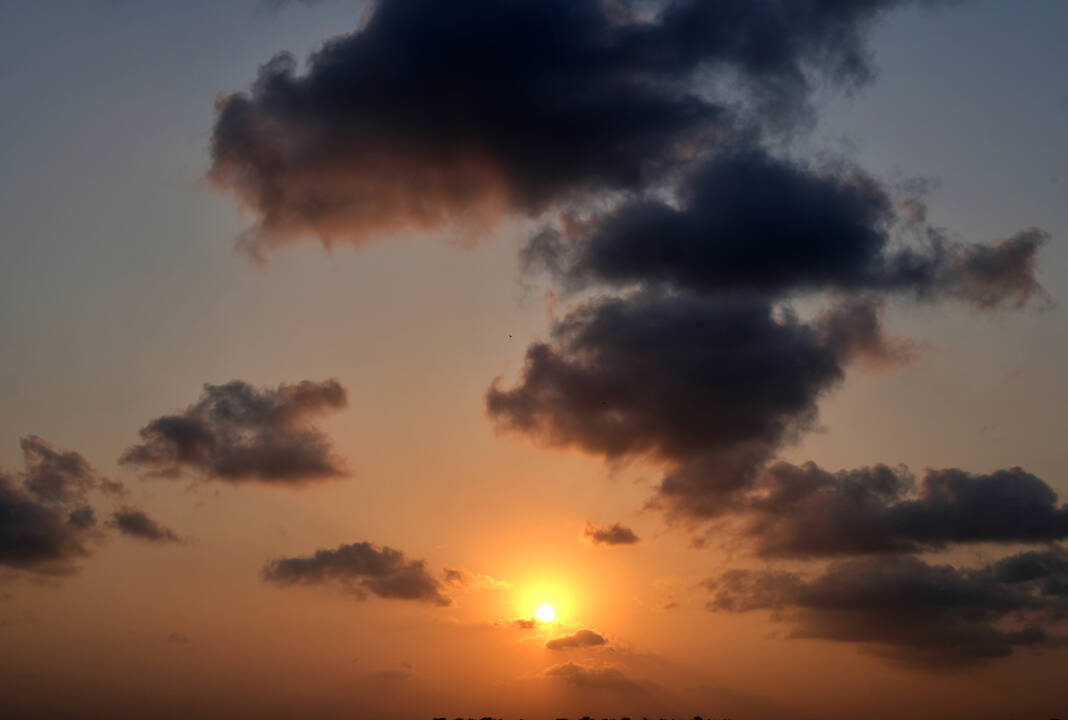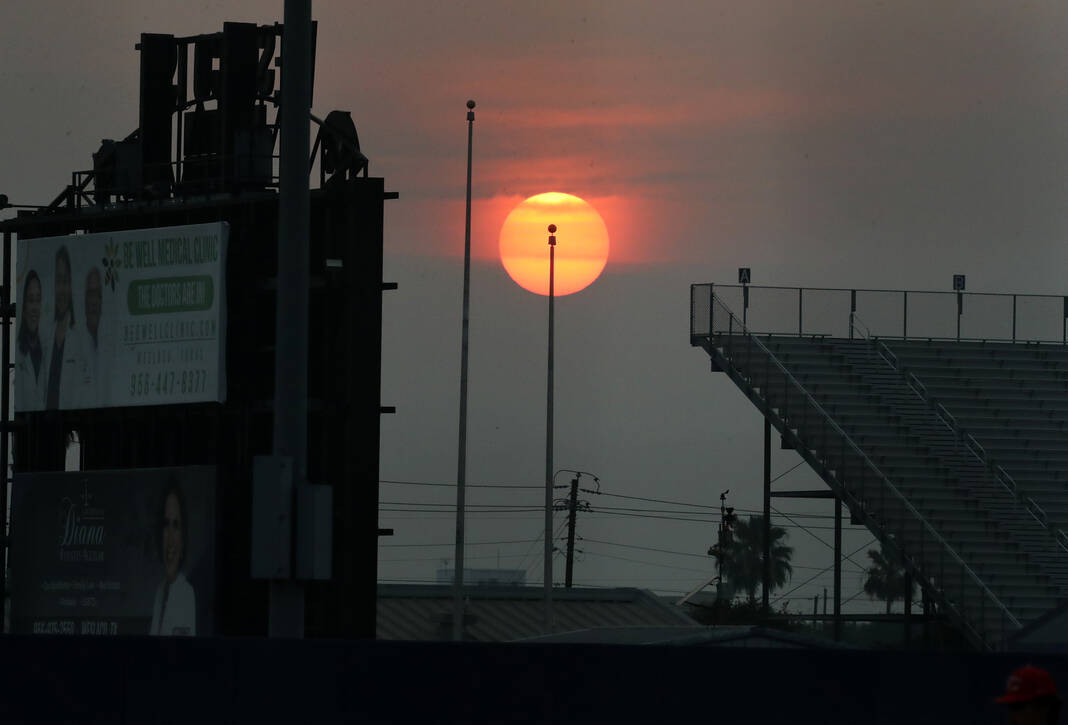|
Only have a minute? Listen instead
Getting your Trinity Audio player ready...
|
It’s no secret that the Rio Grande Valley’s air quality hasn’t been the best recently. But did you know that even Los Angeles and New York City, where smog was once synonymous with their skylines, have better air quality than South Texas.
According to the U.S. Air Quality Index, the air quality in Valley cities has ranged from unhealthy for sensitive groups to unhealthy for the general public throughout the months of May and June.
The Air Quality Index, or AQI, in the Brownsville and McAllen area was at 149 as of Thursday, and reached 157 on Wednesday.
The ideal AQI is below 100. Anything over is considered unhealthy for certain sensitive groups and becomes unhealthier for everyone as the values increase, according to the U.S. Air Quality Index.
In comparison, the AQI in New York City was at 44 on Thursday and 64 on Wednesday, while Los Angeles was worse and recorded 140 on both days — neither as bad as the Valley’s, however.

The Valley’s air quality in comparison to other areas in Texas was also significantly different with San Antonio, for instance, recording 105 on Thursday and 76 on Wednesday.
Corpus Christi recorded 87 on Thursday and a high of 138 on Wednesday, which is still about 26% healthier than the Valley.
According to the Minnesota Pollution Control Agency, when the air quality is at an unhealthy level air pollutants can enter one’s bloodstream causing coughing or itchy eyes as well as worsen many breathing and lung diseases.
The U.S. Air Quality Index categorizes sensitive groups to be those with heart or lung disease such as asthma or heart failure, children and elderly as well as those who are active outdoors.
Unhealthy air quality can lead to hospitalization or even death. According to NASA, the exposure to outdoor air pollution is responsible for about 4 million premature deaths and another 3 to 4 million from indoor air pollution.
This accounts for 1 in 9 deaths worldwide.
Bianca Garcia, a meteorologist with the National Weather Service in Brownsville, attributed the poor air quality to agricultural fires in Mexico, specifically near the Yucatan.
“As the fires burn these persistent levels of southeast winds push and transport that air to South Texas,” she said Friday.
Those fires may burn through June but are expected to end this month. Relief could also come in the form of rain but none is currently forecasted.




